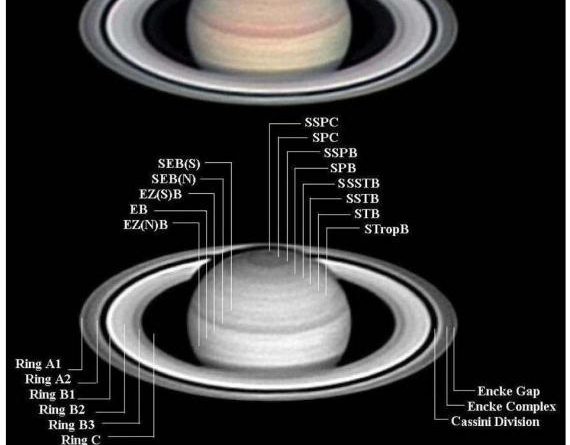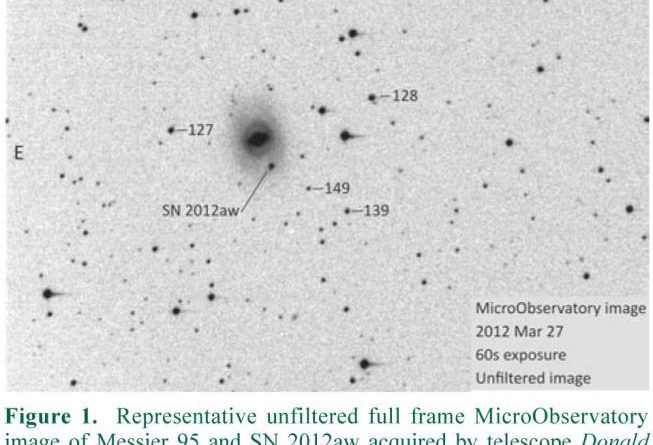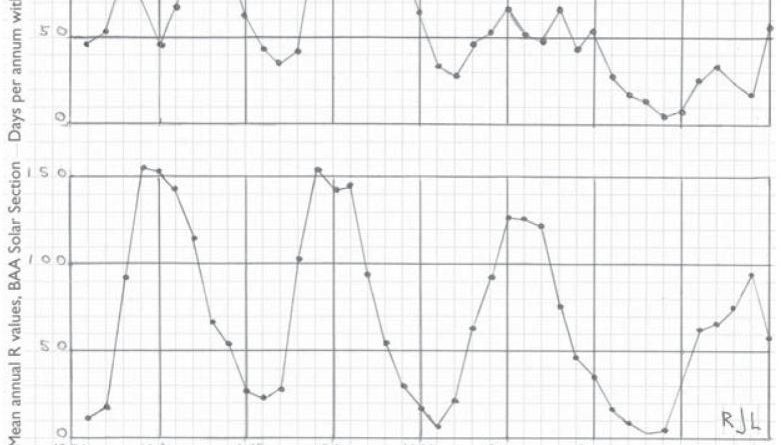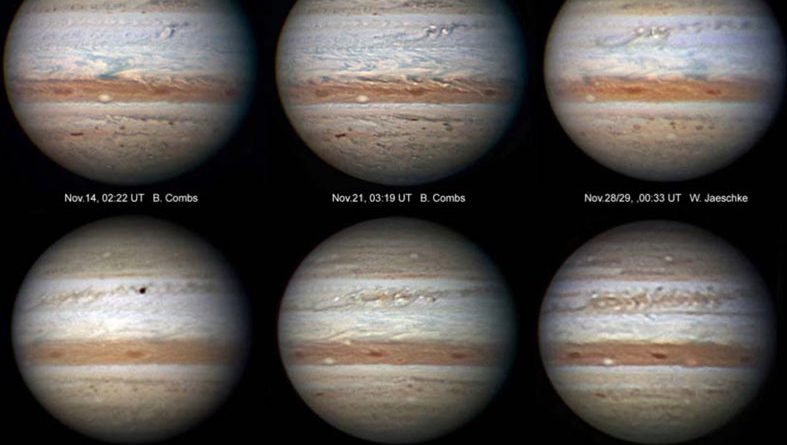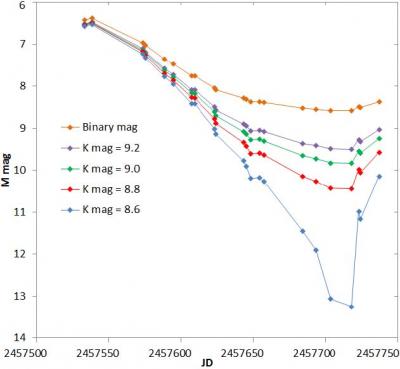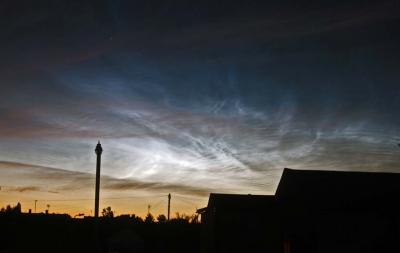The dialyte refractor revisited
By embracing 21st century design technology, the dialyte telescope concept now offers apochromatic performance using inexpensive glass types, with the benefits of low cost, very light weight, rapid cool-down times, and atmospheric dispersion control. Much larger apertures than with traditional technologies are now feasible.
Read more

